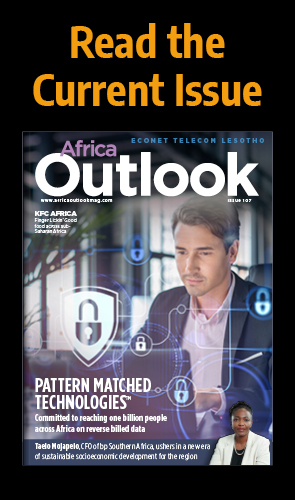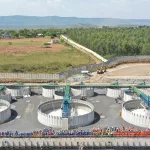Over the past decade, regulators in Sub-Saharan Africa have played an important role in transforming the financial services industry. In countries like Tanzania, so-called ‘test and learn’ regulatory approaches have allowed mobile money operators to roll out their services, and provided regulators with an opportunity to learn more about products before drafting dedicated regulations. This has enabled operators to scale mobile money in a controlled environment, leading to widespread adoption of an innovative product and driving remarkable rates of account ownership in the region. However, as mobile money consolidates, regulators and policymakers will need to tackle several challenges to expand access to unbanked populations, and to broaden and diversify the types of product that can improve the financial lives of African users.
This year, the Global Microscope found that Rwanda, South Africa and Tanzania offer the most conducive environments for financial inclusion in Sub-Saharan Africa. The index evaluates financial inclusion across five categories: government and policy support, stability and integrity, products and outlets, consumer protection and infrastructure. Overall, the region performed best in the stability and integrity category, which assesses the regulation, supervision and monitoring of financial service providers (including mobile money) that serve low- and middle-income populations to ensure prudential stability and financial integrity.
Compared with last year’s scores, The Economist Intelligence Unit (The EIU) found improvements in the consumer protection category, reflecting the work undertaken in Rwanda, Uganda and Kenya to update data protection laws and build enforcement capacity to respond to challenges in the digital era. Uganda’s Data Protection and Privacy Act became law in February 2019, and Kenya’s data protection bill – which is modelled on the European Union’s General Data Protection Regulation – is awaiting confirmation. In Rwanda, the newly established Information Society Authority is implementing data and cybersecurity laws and shares data protection and privacy enforcement responsibilities for financial service providers with the Central Bank.
However, Sub-Saharan Africa still lags behind Latin America, East Asia and South Asia in the overall rankings, with opportunities for improvement in three key areas. First, the region received its lowest scores in the products and outlets category, which assesses the regulation of specific products and outlets that reach low-income populations, such as inclusive insurance and credit. For example, the Global Microscope highlights the importance of using regulation to restrict excessive lending and prevent crises of over-indebtedness. This year, the Global Microscope report discusses this issue in the context of Kenya, where the proliferation of mobile credit and a lack of regulation have led to excessive borrowing by hundreds of thousands of Kenyans, with over 500,000 customers negatively listed in credit reference bureaus for debts from small digital credits. As mobile money consolidates and other types of digital financial services proliferate, it is important that regulators and policymakers harness this potential and mitigate new risks to encourage the use of products that can help Africans lead healthier and more dynamic financial lives.
Second, only three of the 15 Sub-Saharan African countries included in the Global Microscope have established a fintech regulatory working group: Rwanda, Sierra Leone and Uganda (in 2019, Rwanda and Sierra Leone established formal regulatory sandboxes to test fintech innovations in a controlled environment). Regulators should continue to work closely with financial innovators to replicate the success of the ‘test and learn’ approach, particularly as Sub-Saharan Africa has established itself as a hub for inclusive fintech innovations.
Finally, as the region focuses on the expansion of digital financial services, it is important that countries create the necessary infrastructure to ensure that this growth is equitable. Improved connectivity infrastructure is needed to reach users in the last mile, particularly in rural areas. Our findings also suggest that countries that achieve equitable access to the internet and mobile phones between men and women are more successful at reducing the gender gap in access to financial services. In addition to physical infrastructure, the Global Microscope identifies other types of enabling infrastructure that governments can strengthen to improve access to financial services, including national identification and public credit bureaus.
The Global Microscope is produced by The Economist Intelligence Unit (EIU), with financial support and policy advice from leading organisations in the field, including the Bill & Melinda Gates Foundation, the Center for Financial Inclusion at Accion, IDB LAB and IDB Invest. First published in 2007, the Microscope is the global standard for financial inclusion policy in developing economies. The Global Microscope 2019 report and benchmarking model are available free of charge on The Economist Intelligence Unit’s website.





















